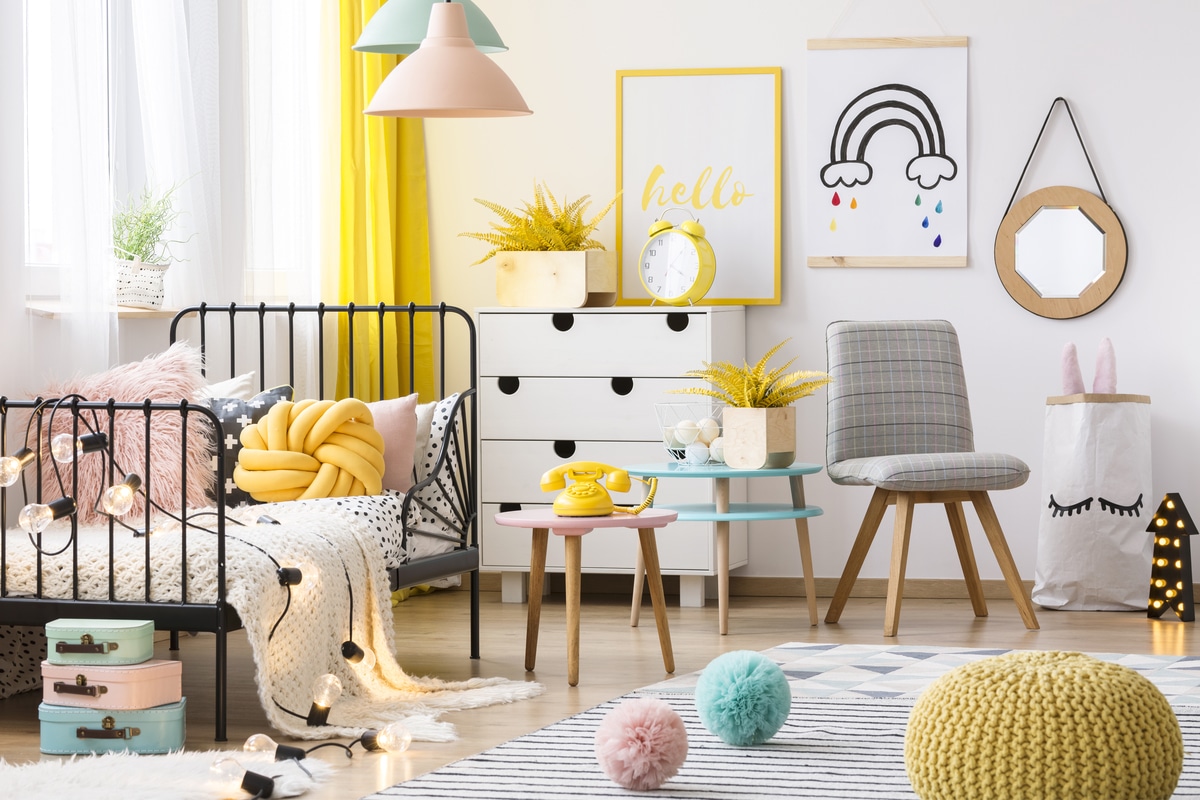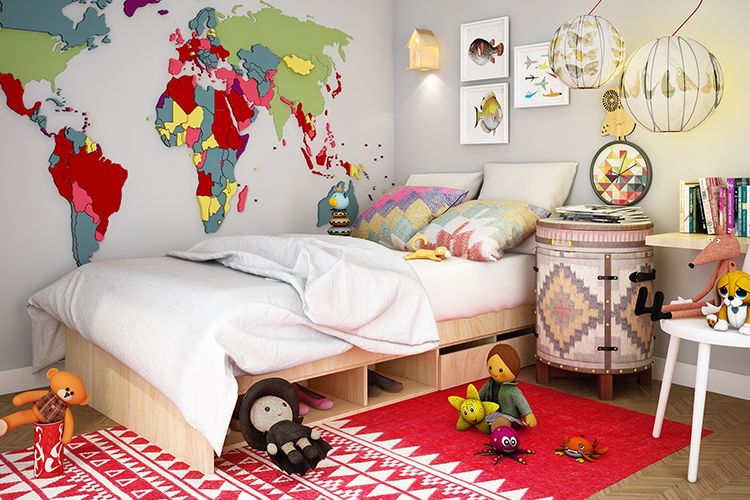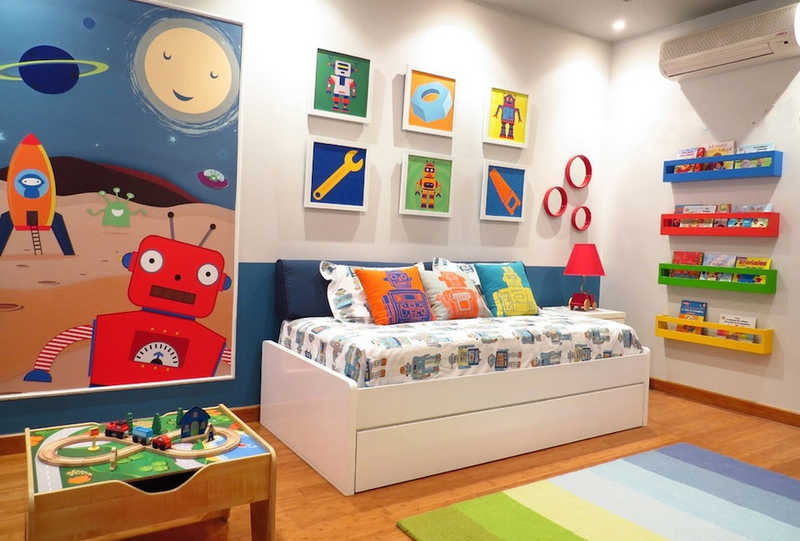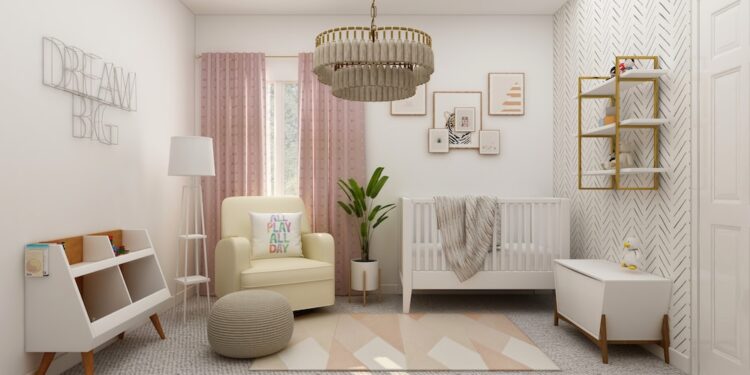Parents love kids and want the best for them. You don’t have to be a designer to know that kids’ rooms can be tricky. Their small space, limited access to wall space, and constant need for new things can make decorating a challenge. With that in mind, here are some great tips on how to decorate a kid’s room so it doesn’t feel like a puzzle anyone is working to solve.

Start small, with a plan
Kids are very impressionable, so decorating a kid’s room well is a delicate balancing act. If you try to change things too much, they’ll be confused and annoyed. On the other hand, if you change things too little, they’ll also be confused and annoyed.
So, start small and build on your decorating success. Whether you choose to start with lighting, furniture, or wall colours, choose one or two things to focus on. You can then add to these as your budget allows, but start with a plan.
Be flexible
Kids are constantly learning and growing, so the decor in their room should reflect this. By being flexible, you can keep a child’s room fresh and interesting without having to make major changes every year. That said, if you find that one area of the room is consistently getting a lot of use, then add that to your decorating plan. Kids grow quickly, so don’t be afraid to change the furniture or wall colours to suit them.
If your child’s taste changes, so can their room. Kids are very open to change and will be excited to see the changes around them. They’ll be less irritated with the changes than they would be if you tried to keep their room the same as it was the day before.
Use quality and durable furniture
Kids are rough on furniture, so make sure that any pieces you choose are quality and durable. Kids don’t have the same ability to break things as adults, so don’t worry about breaking a valuable piece of furniture. Instead, worry about the damage that is likely to be done to the walls or floor from frequent use. Kids aren’t always aware of how much damage they are doing.
If you take the time to explain to them how to make the most of their space, they will be less likely to damage their room. If you need to replace any furniture, don’t get in a rush to buy something new. Look for furniture that can be repurposed or recycled. Many second-hand shops or eBay sell used furniture that has been refurbished and is still in good condition.

Don’t overload on prints and images
Kids love images, they are a way to express themselves in the world. They are also a great way to overload a room. Images are expensive, and most won’t stand the test of time. Most are cheap and cheerful and will fade and crack over time. This will make them look old and tired, rather than timeless and classic. If you aren’t sure where to start when it comes to using images and prints in your room, don’t overload the space.
Instead, use them to decorate smaller spaces, like a bookshelf, your child’s bed, or a desk. Remove any images that aren’t being used and make sure that any are safely stored away. Change out any curtains, sheets, or wallpapers that are no longer showing their best. This will make your images look better and longer and make room for new prints.
Keep it safe and sound
Kids are clumsy and unpredictable. This can mean that any items you put in their room will be damaged, broken, or destroyed in some other way. Keeping it safe and sound will help to avoid this. This means making sure that anything you put in the room is protected. This can be achieved by keeping breakables out of the room, putting anything breakable in a safe place, or making sure that anything that could be damaged is kept out of the room.
Kids love to smash things, so keep all breakables, cords, and dangerous items out of the room. This can include things like glass bottles, magnets, broken electronics, or anything else that could be dangerous or harmful. Keep all sharp items out of the room. This includes things like pencils, paper, and crayons.

Wrapping up
Kids’ rooms are tricky to decorate, but with these tips, you’ll be well on your way to decorating a kid’s room that doesn’t feel like a puzzle anyone is working to solve. Start small, use quality and durable furniture, don’t overload on images and prints, keep it safe and sound, and make sure that you get help decorating. These tips will help you to decorate a kid’s room that won’t be frustrating for the person in the room.


















